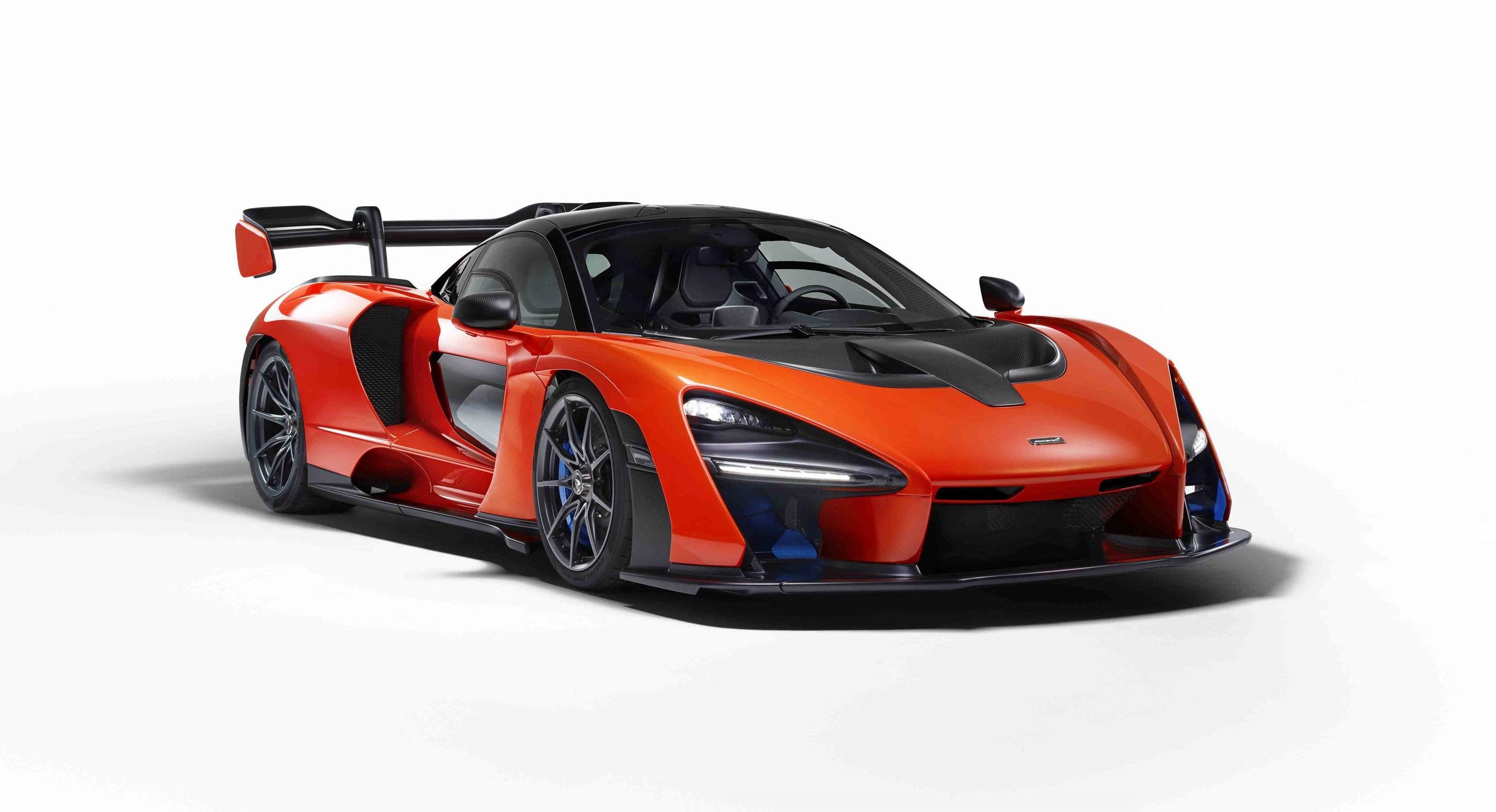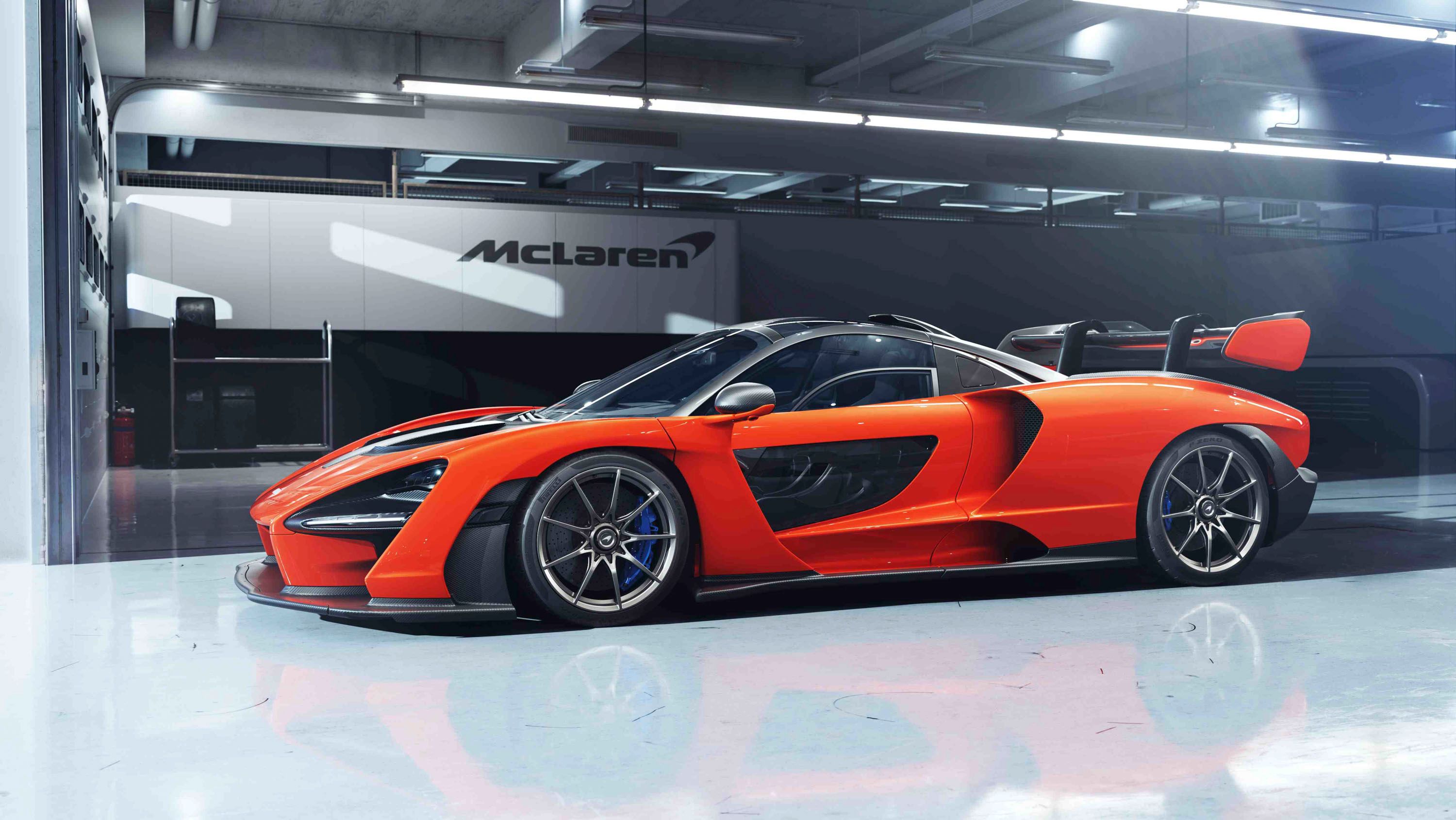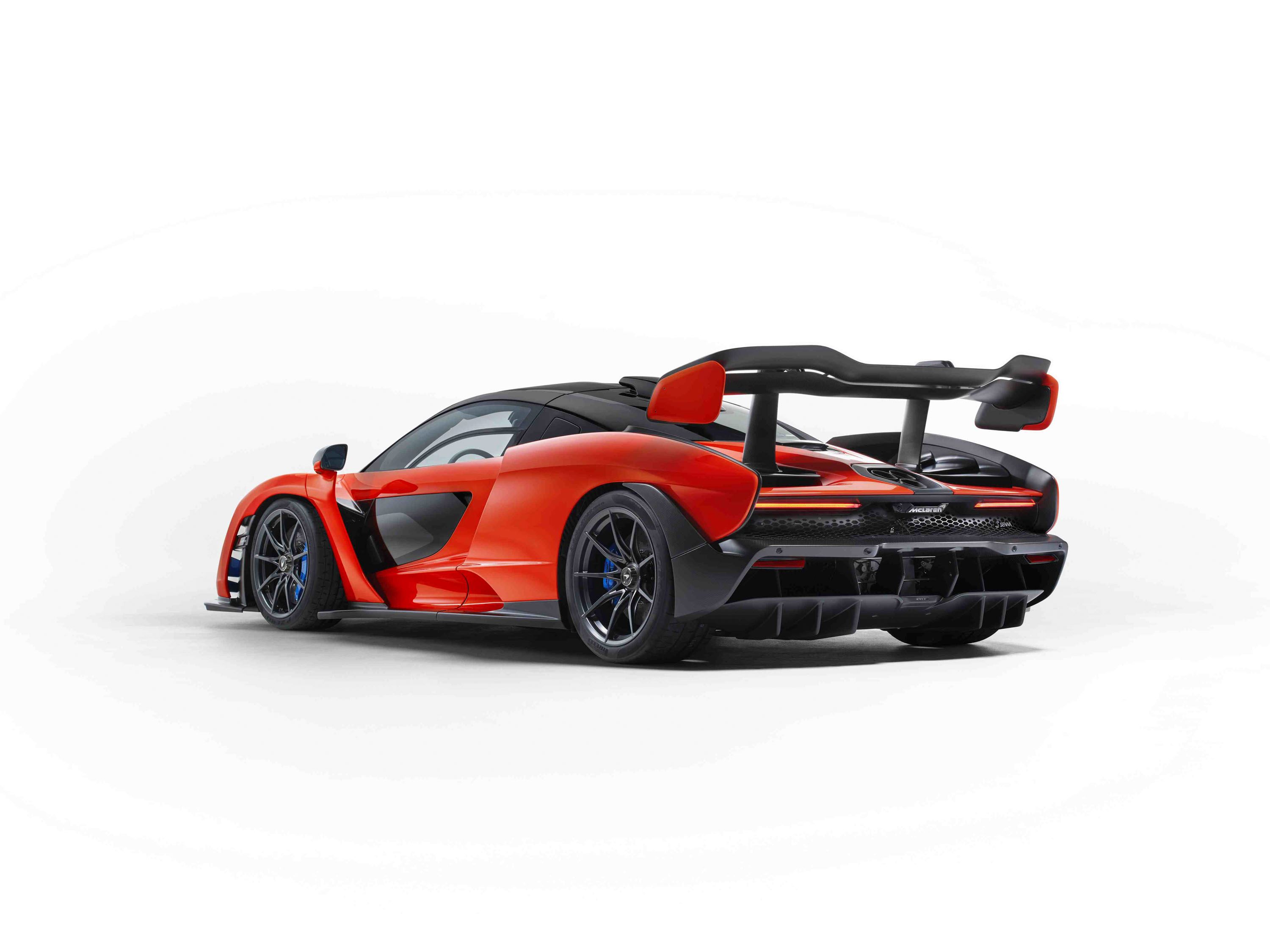The McLaren Senna, aka the P15, has finally arrived and it comes to the party toting a 4.0-liter V-8 that delivers 789 horsepower and 590 pound-feet of torque – the most powerful engine that McLaren has stuffed in a road-going supercar so far. But, it’s not just the power that makes this thing downright potent. See, the Senna is also the lightest road-going car built by McLaren to date (with the exception of the legendary F1,) tipping the scales at just 1,198 kg or 2,641 pounds – that’s less than the minimum curb weight for the 2017 Honda Civic, 2017 Subaru BRZ, and the BMW 3 Series. And, it’s no more than 300 pounds heavier than the 2017 Mazda MX-5 Miata. Sure, they are in a different class, but that’s the point. All told the car is so light that it has a power-to-weight ratio of 658 horsepower per ton – a staggering figure to say the least. Those are just the basics, though, so keep reading to learn more!
Official Video
2019 McLaren Senna Details
With the basics out of the way, let’s talk a little more about helps make the Senna possible. It starts out with an ultralightweight construction from head to toe. The chassis and body panels are all composed of carbon fiber, with the chassis being the Monocage III, an evolution of the structure that underpins the McLaren 720S. Then you’ve got the aerodynamics. We’re talking about an all-new generation of aerodynamics from McLaren, with every single inch of the body designed to optimize downforce and aerodynamic balance in all conditions. In the rear, you’ve got that massive double diffuser that quite literally sucks the Senna to the ground to go with a carbon fiber wing that sits just 1,219 mm off the road at a standstill. Hit the gas, and that wing adjusts constantly, even functioning as a true-to-life airbrake under extreme braking load.
Despite the fact that this car looks absolutely crazy on the outside – and by crazy, I mean extreme – what really tells you that this road-going car was bred for the track is the interior. First off, you’ll notice the interior is all about business. There is carbon fiber everywhere and a serious lack of trim panels to save weight. Driver controls are at a minimum with most features being controlled through the infotainment screen and MFDD. Still not enough to say this thing is really a track monster? Well, you can bring a passenger (barely), but there’s no room for anything outside of what you can fit in your pockets. Behind the seats, you’ll find just enough room for helmets and race suits. That’s it; nothing else.
As mentioned previously, that 4.0-liter delivers 789 horsepower and 590 pound-feet, but what’s important to know is that it, too, is ultralightweight. We’re talking a dry sump lubrication system, flat plane crank, and as many lightweight components as McLaren could muster up. A pair of ultra-low inertia, twin-scroll turbos cram as much air into the engine as possible while the electronic wastegates keep the throttle on point. Shifting duties are handled by a dual-clutch seven-speed that features seamless-shift technology. Automatic mode is the standard mode, but switch over to manual mode, and you can peg the engine any way you want with those paddles behind the steering wheel.
Under the carbon fiber sits a RaceActive Chassis Control II (RCC II) suspension system. It works together with all those active aero components to keep things steady. It’s a double-wishbone system with hydraulic dampers, eliminating the need for mechanical anti-roll bars. It allows for variable stiffness just like on the McLaren P1, but it has been improved. Meanwhile, the braking system of the Senna is also just as extreme. Specs at this point are nil, but McLaren says they are the most advanced ever fitted to a car that wears the McLaren badge. All we know thus far is that that utilize carbon ceramic discs. The ride behind ultralightweight alloy wheels wrapped in Pirelli P Zero Trofeo R tires.
Now, for the bad news. The McLaren Senna will be built in just 500 examples at a price of £750,00 or just over $1 million here in the U.S. Not that it matters, though, as all 500 models have already been “assigned” to customers. Seriously, though. Do people actually go through an application process or does McLaren actually assign new models to its customers? Back to the topic at hand, the new Senna will make it’s world debut at the Geneva International Motor Show next March at which point we should be able to get some real performance specs. We’ll be updating our full review of the McLaren Senna in the next couple of days so check back soon to hear even more about this new road-going track monster!
References
Read more McLaren news.




